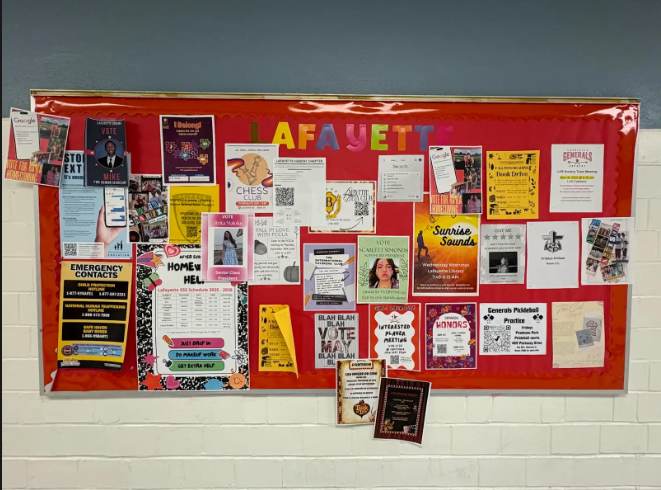This Day in History – February 2nd
February 2, 2018
On this day in 1887, the first Groundhog Day was celebrated at Gobbler’s Knob in Punxsutawney, Pennsylvania. According to tradition, if a groundhog comes out of its hole and sees it’s shadow, it will be frightened by it and run back into its burrow, predicting 6 more weeks of winter weather. On the other hand, if no shadow is seen, spring is on its way.
The origin of Groundhog Day goes back to an ancient Christian tradition of Candlemas: a clergy would bless their neighbors with candles needed for winter. The candles represented how long and cold the winter would be. The Candlemas concept made its way to Germany and was developed. The selection of an animal would now determine how long winter would be. Once the tradition came to America, settlers in Pennsylvania continued with the tradition and used a groundhog to determine the winter’s length.
In 1887, a newspaper editor, who was part of a hunting group for groundhogs from Punxsutawney, called the city’s Groundhog Club and declared that Phil, the Punxsutawney groundhog, was America’s only true weather-forecasting groundhog. The list of groundhogs that have since been known as Phil may be America’s most famous groundhogs, but other towns across North America have their own weather-predicting rodents, from Birmingham Bill to Staten Island Chuck to Shubenacadie Sam in Canada.





